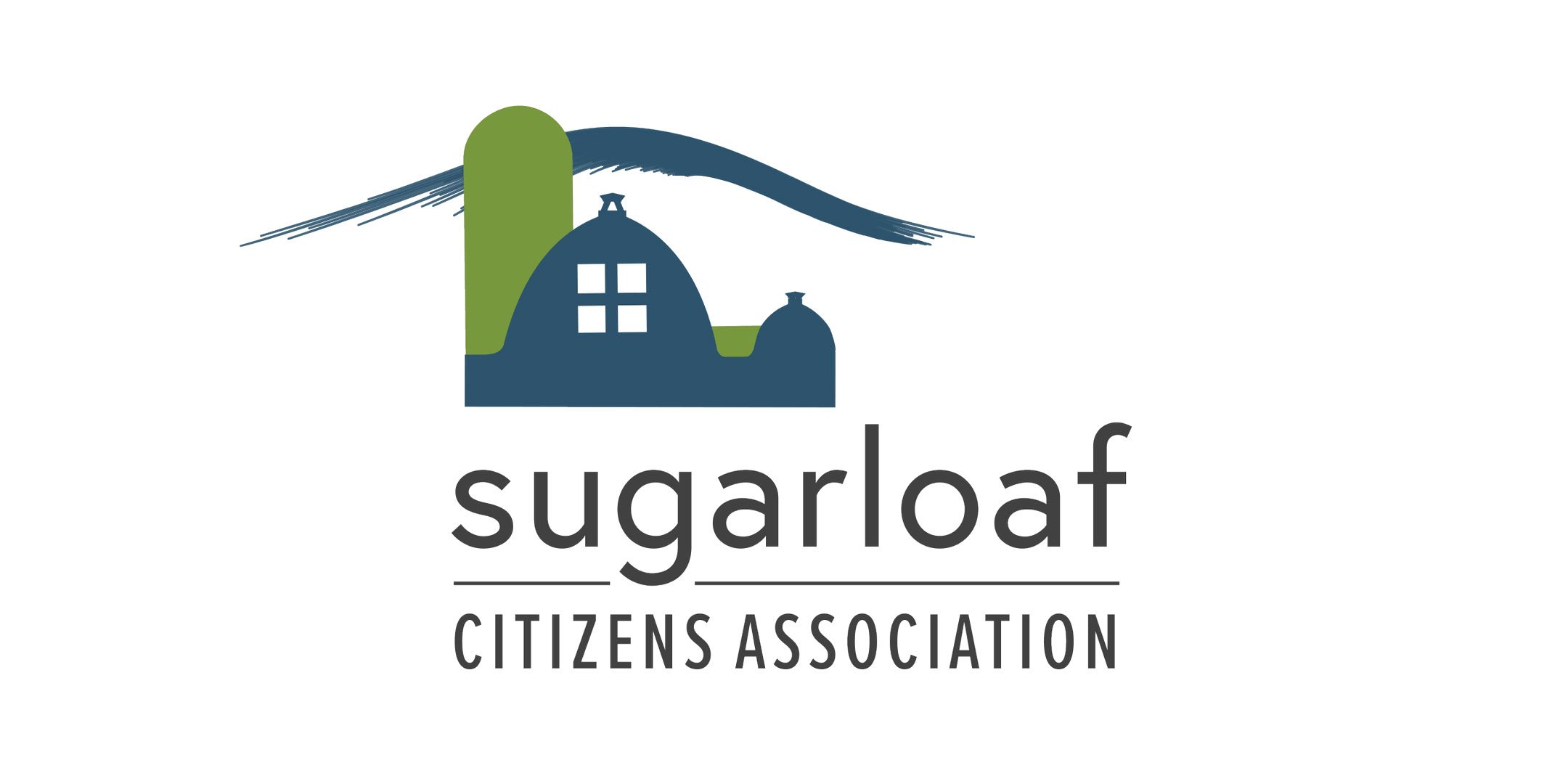This report documents what decision makers and the public need to know about the options for managing our discarded materials. A recent series of reports prepared by HDR Consultants, as well as a draft of the county’s Ten-Year Solid Waste Management Plan currently under review, neglect to examine the full negative impacts of continuing to use the county’s trash incinerator. Nor did either provide a robust visionary analysis of all the potential solutions existing today for the county to pursue. This report provides detailed analysis of the negative impacts of incineration to lay bare the reasons why we must stop using this method of waste management and how to pivot to more sustainable solutions.
Read MoreIn order to achieve our greenhouse gas emission goals here in Montgomery County and throughout the state of Maryland we must put all our subsidy dollars toward truly clean energy. These must be industries that produce no greenhouse gases. According to the EPA, the Montgomery County RRF puts approximately 600,000 tons of greenhouse gas (CO2e) in the air annually. This is more than double what Covanta reports in their PR materials because they discount all the GHG’s that come from anything organic (food scraps, paper, wood, leather etc). They claim it will regrow so somehow those GHG’s don’t matter.
Read MoreThis Plan focuses on the preservation of farmland but it also tries to establish a policy framework that will contribute to the continuation of farming in the County. Local government can control the quantity of land designated for farmland preservation, given its policy power and overall growth policies.
Read MoreIn the late 1950s, agricultural and open space preservation arose as a social and economic issue. The loss of agricultural and open space land, as a metropolitan planning issue, was expressed in terms of metropolitan needs and problems — the need to preserve open space and the diseconomy in building the costly infrastructure to serve scattered suburban development.
Read MoreThe Sugarloaf Citizen’s Association (SCA) engaged the Institute of Local Self-Reliance (ILSR) to determine how economically feasible it is for Montgomery County to transition to a Zero Waste system as the county considers ending the use of the Montgomery County Resource Recovery Facility (MCRRF) municipal solid waste incinerator by April 1, 2021 when the contract with the facility expires.
Read MoreEnvironmentalists have long understood that, as bad as landfilling is, trash incineration (and landfilling the toxic ash) is even worse. Energy Justice Network claims that trash incineration is the most expensive and polluting way to manage waste or to make energy. Is this really supported by the evidence?
Read MoreThe 22-year old Montgomery County trash incinerator is the largest polluter in the County – more than the coal-fired power plant. The incinerator burns an average of about 570,000 tons of trash per year, turning it into 390,000 tons of air pollution and 180,000 tons of toxic ash that is dumped in Virginia landfills.
Read MoreTwo weeks before he left office and shortly after County Executive Marc Elrich was elected, Ike Leggett secretly signed a “change order” agreement to extend the County’s contract with Covanta for another four years of garbage incineration. He did this knowing full well that Elrich campaigned on a promise to close the incinerator.
Read MoreThe Montgomery County 2020-2029 Ten Year Solid Waste Management Plan was prepared according to Title 9, Subtitle 5, Environment Article, Annotated Code of Maryland, and the Regulations under COMAR 26.03.03.03(A). An Executive Summary, along with the Resolution of the Montgomery County Council, which adopted this Plan and the MDE approval letter will appear immediately following the Table of Contents.
Read MoreThe Sugarloaf Citizen’s Association (SCA) engaged the Institute of Local Self-Reliance (ILSR) to determine how economically feasible it is for Montgomery County to transition to a Zero Waste system as the county considers ending the use of the Montgomery County Resource Recovery Facility (MCRRF) municipal solid waste incinerator by April 1, 2021 when the contract with the facility expires.
Read MoreThe Ten-year Solid Waste Management plan has some excellent and strong recommendations for reducing our waste. It aims to dramatically expand composting, recycling of construction and demolition material and implementing a Pay-As-You-Throw strategy throughout the county. What it does not address is the way we dispose of the trash we cannot recycle.
Read More
